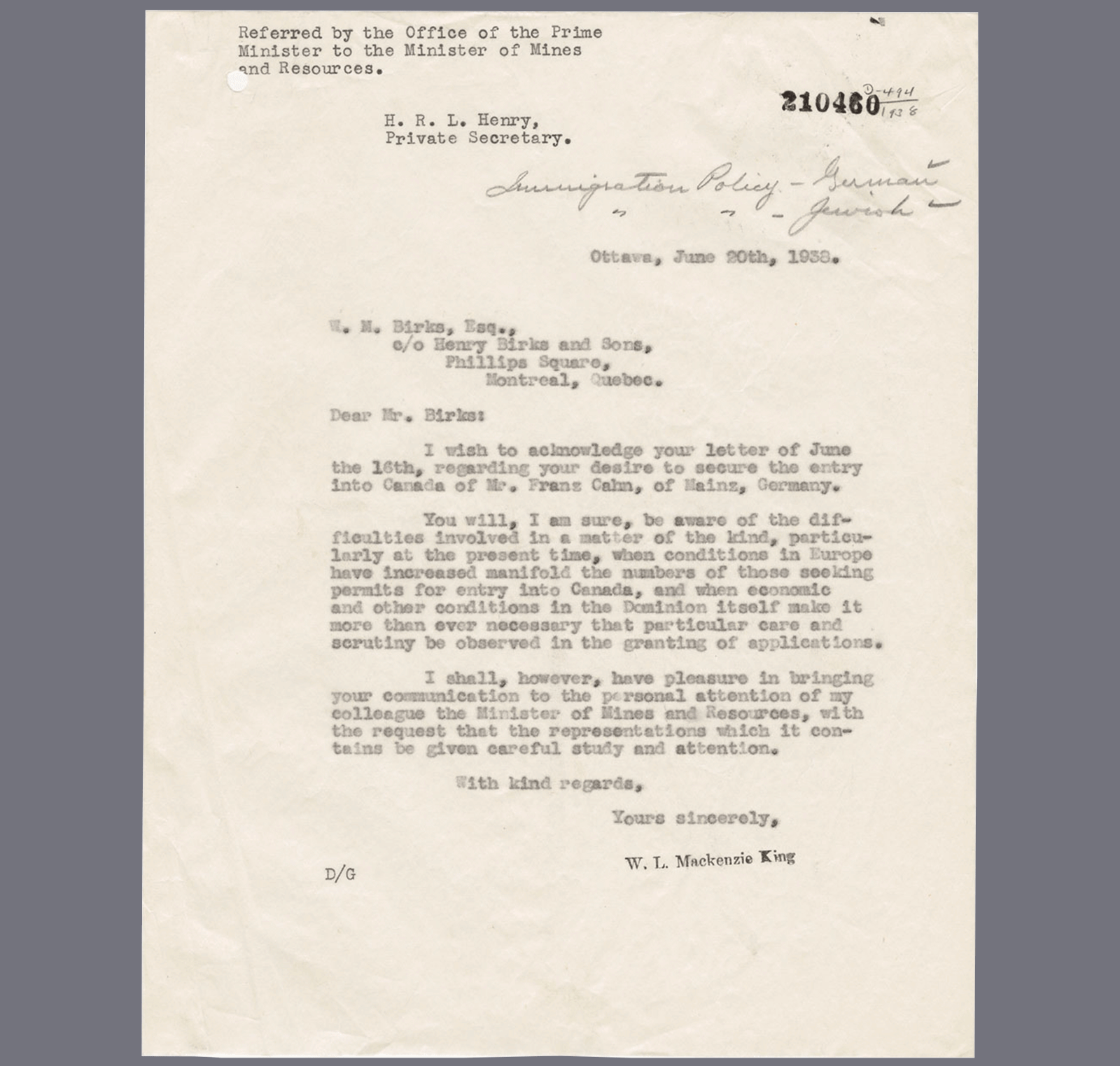Canada
(North America)
Canada was hit hard by the Great Depression and years of droughts that affected crops. Almost 30% of the population became unemployed. This triggered the creation of social welfare in the country.
New immigration laws, combined with general anti-Jewish attitudes, made it hard for immigrants. Canada allowed very few immigrants to enter the country. And deportations rose sharply.


Economy
The Canadian economy suffered great losses during the Great Depression. A third of Canada’s Gross National Income came from exports. So, the collapse in international trade hit the country particularly hard. Years of drought had produced failed crops. Combined with an inadequate social welfare structure, this created an unemployment rate of 30% of the population. One in five Canadians depended on government relief. These conditions eventually triggered the creation of social welfare in Canada.
Immigration
Beginning in 1930-31, newly enforced immigration policies limited entrance into the country. Only American and British subjects or wealthy agriculturalists were being admitted. Canada as a country was very sparsely populated. But the new immigration laws, combined with anti-Jewish attitudes, meant that very few refugees got to enter the country during the decade. During the 1930s, only about 5,000 Jewish refugees entered Canada. At the same time the number of deportations rose from less than 2,000 in 1929 to more than 7,600 just three years later. Almost 30,000 immigrants were forcibly returned to their countries of origin over the course of the decade. The reasons for the deportations were primarily because of illness or unemployment.